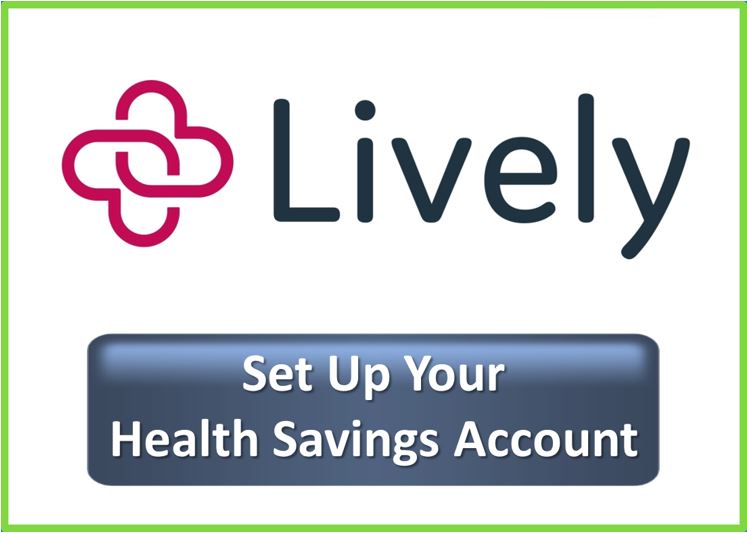
For most employers, health insurance is the most important benefit they can offer to their employees. It serves as a great recruitment and retention tool, and while it can sometimes make business owners and HR managers want to pull their hair out, they also realize that their workers appreciate and may even expect it. Still, finding budget-friendly options your employees actually want can be a challenge. So can keeping up with all the plan changes and compliance requirements created by the Affordable Care Act. And explaining everything in a way your employees will actually understand may be the most difficult task of all. Fortunately, we can help with all of that.
JME Insurance Agency can help you with all of your employee benefits needs.
Click the icons below for more information or give us a call at 972.245.0266.
WHY JME
GET A QUOTE






To get a group quote, simply contact our office at 972-245-0266. JME will educate you on the most current industry trends, present your options in a simplified format, an make recommendations based on the unique needs of your company and your employees.
WHAT OUR CLIENTS ARE SAYING
WHAT EMPLOYERS NEED TO KNOW
On initial enrollment and at renewal time, we talk with each of our clients about the various options available to them. Those options will vary depending on the size of the group, the group’s current health coverage, the health of the employees and the group’s claims experience, the type of company (proprietorship or husband-and-wife group, LLC, bigger company with lots of employees, etc.). Below is some general information about the options available to different employers.
If your company does not currently offer health insurance, then your only options are 1) an ACA metallic plan or 2) a self-insured plan. You cannot purchase a “grandfathered” or “transitional” plan.
An ACA metallic plan is a fully-insured product that is compliant with all of the ACA rules. For companies with fewer than five employees, this will be your only option. If your company has five or more employees and is relatively healthy, then a level-funded plan, which is a self-insured product in which you pay the same premiums every month, might be an option.
If your company is a proprietorship or a husband-and-wife business, or if you’ll only have one person taking health coverage, your options are even more limited. The good news is that you do have options – see the husband-and-wife section below.
If you have a sole proprietorship without any employees, you may have a difficult time getting group health coverage because insurers normally require that there be at least two owners, two employees, or an owner and a W-2 employee to constitute a group. If a husband-and-wife business is set up as a proprietorship (with a single owner), then the spouse would need to be a W-2 employee in order to set up a group policy. If the husband-and-wife business is a partnership or LLC filing as a partnership (and filing a form 1065 with the IRS), then a group policy could be issued by submitting the two 1065 K-1s showing that the husband and wife are the two owners of the business. Contact our office at 972.245.0266 for more information.
Most groups with a grandfathered plan (in place prior to March, 2010) or a transitional plan (in place prior to October, 2013) will just want to renew as is. If your company is still relatively healthy, then your grandfathered or transitional plan renewal rates will normally beat the rates on an ACA metallic plan. If you see a big increase at renewal time, however, that may mean that you’ve had a bad claims year and it may be time to consider an ACA metallic plan.
If you currently have an ACA metallic plan, you may have some options to help save your company and your employees some money. Here are a few ideas:
- Offer multiple plan options: Most insurers will now allow you to offer multiple plan options, even if no employees initially enroll in one or more of the plans. By offering multiple plans, you give your current employees and potential new hires some different pricing and coverage options, which can be especially important to employees who might want to cover their dependents. Blue Cross Blue Shield of Texas, for instance, allows you to offer up to six different plans, and because the required employer contribution is based on 50% of the employee only cost for the lowest-priced plan offered, this is a great way to minimize the amount you have to contribute for your group health plan.
- Mix PPOs with HMOs: Many employers have a bias toward PPO plans, which do not require a primary care physician, do not require referrals to see a specialist, and offer an out-of-network benefit. However, HMO plans with comparable benefits are priced significantly lower and may be an attractive option for some employees. Considering that BCBSTX, a leading small group carrier, has recently expanded its HMO network to include Baylor Scott & White facilities and doctors, the HMO is definitely a plan worth considering.
- Mix copay plans with HSA plans: Some employees still prefer predictable, flat-dollar copayments for doctor visits and prescriptions, but HSA plans have grown in popularity with both employers and employees for the past several years. These plans do not have up-front copayments; instead, members pay the contracted price until they’ve met their calendar-year deductible. However, they do offer a significant premium savings versus copay plans, and they allow members to set up an HSA and pay for qualified medical expenses with tax-free dollars. Whether the employee is a low-, medium-, or high-utilizer, HSA plans are usually the more cost-effective option.
If you have five or more employees, you might consider a self-funded or level-funded plan. We have options available through BCBSTX Blue Balanced Fund, UHC’s All-Saver’s program, Humana’s level-funded plan, Aetna’s level-funded plan, and the Secure and Protect plans from Insurgency Health. With these plans, your total exposure is capped at your monthly premium, but the upside is that if you have a good year you could receive a refund of a portion of that premium or receive credit that will lower your costs in year two.
If you’re having trouble meeting the insurer’s required contribution amount, or if the amount the employees must pay for their share of the health insurance is causing them to decline coverage, you might want to consider a “no contribution, no participation” plan. Each year, between November 15 and December 15, small employers with 50 or fewer employees have the option of enrolling on a guaranteed-issue basis in a fully-insured plan even if they cannot meet the carrier’s contribution and participation requirements. If you’d like to consider this option for your company, give us a call at 972.245.0266. Because there’s such a small enrollment window, and because it’s during the busy time of the year, please do not wait until the last minute to take advantage of this option.
EMPLOYEE BENEFITS UPDATES








